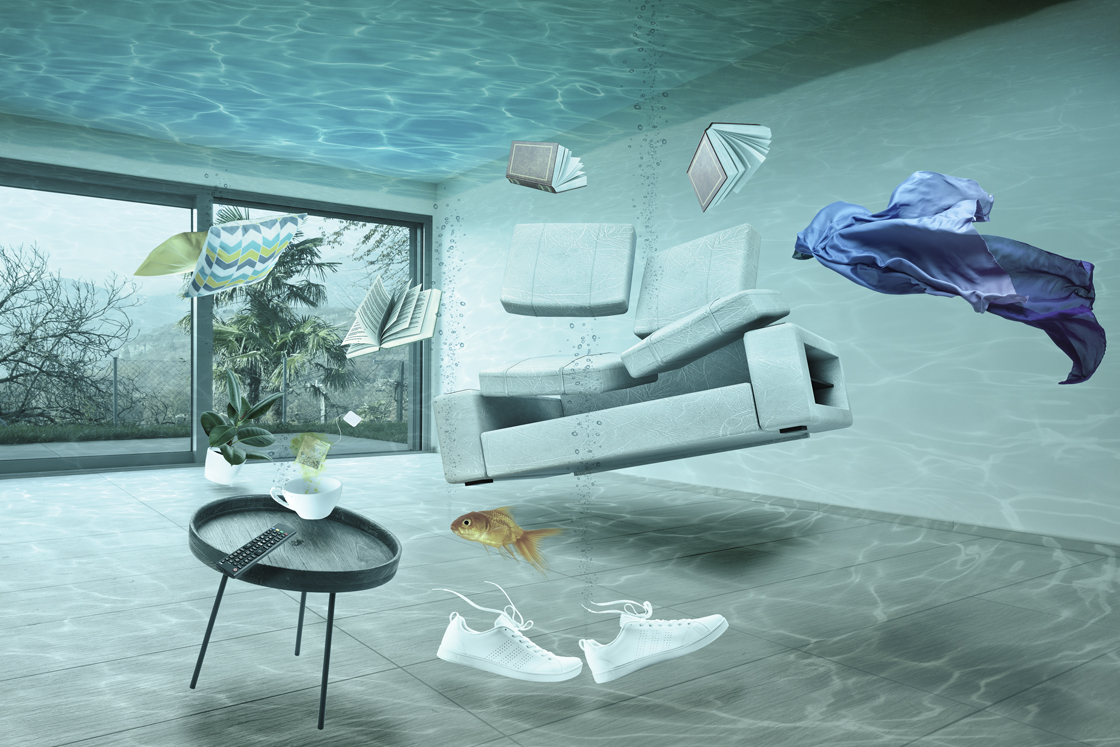Overview To Water Leakage Discovery At Home
Overview To Water Leakage Discovery At Home
Blog Article
Do you find yourself on the lookout for tips concerning Detecting hidden plumbing leaks?

Early discovery of dripping water lines can reduce a possible catastrophe. Some small water leaks might not be visible.
1. Examine the Water Meter
Every house has a water meter. Examining it is a guaranteed way that aids you find leaks. For beginners, shut off all the water resources. Guarantee no one will certainly flush, make use of the faucet, shower, run the washing equipment or dishwasher. From there, most likely to the meter and also watch if it will certainly alter. Considering that nobody is using it, there must be no motions. If it moves, that indicates a fast-moving leakage. Also, if you detect no changes, wait a hr or 2 as well as examine back once again. This means you might have a slow leak that can also be below ground.
2. Examine Water Consumption
Analyze your water expenses and also track your water consumption. As the one paying it, you ought to discover if there are any disparities. If you detect sudden changes, in spite of your usage being the same, it implies that you have leakages in your plumbing system. Remember, your water expense need to fall under the exact same array every month. A sudden spike in your expense shows a fast-moving leakage.
A consistent boost every month, also with the very same behaviors, reveals you have a slow-moving leak that's likewise slowly intensifying. Call a plumber to completely inspect your property, especially if you feel a warm location on your flooring with piping below.
3. Do a Food Coloring Examination
When it comes to water usage, 30% comes from toilets. If the shade in some way infiltrates your bowl throughout that time without flushing, there's a leak between the tank and also dish.
4. Asses Exterior Lines
Don't neglect to inspect your exterior water lines as well. Must water permeate out of the link, you have a loose rubber gasket. One tiny leakage can waste bunches of water as well as increase your water expense.
5. Inspect as well as Assess the Situation
Property owners need to make it a practice to examine under the sink counters and also even inside cupboards for any kind of bad odor or mold development. These two red flags suggest a leakage so timely focus is required. Doing regular inspections, even bi-annually, can conserve you from a significant problem.
If you know your house is currently old, maintain a watchful eye on your heaters, pipes, pipelines and so on. Look for stainings and compromising as a lot of home appliances as well as pipelines have a life span. They will certainly also naturally weaken because of deterioration. Don't wait for it to intensify if you presume dripping water lines in your plumbing system. Call a specialist plumber right away so you don't end up with an awful mess in your home.
Early discovery of dripping water lines can minimize a prospective catastrophe. Some small water leaks might not be noticeable. Inspecting it is a proven method that assists you discover leaks. One little leakage can lose lots of water as well as spike your water bill.
If you believe leaking water lines in your plumbing system, don't wait for it to escalate.
WARNING SIGNS OF WATER LEAKAGE BEHIND THE WALL
PERSISTENT MUSTY ODORS
As water slowly drips from a leaky pipe inside the wall, flooring and sheetrock stay damp and develop an odor similar to wet cardboard. It generates a musty smell that can help you find hidden leaks.
MOLD IN UNUSUAL AREAS
Mold usually grows in wet areas like kitchens, baths and laundry rooms. If you spot the stuff on walls or baseboards in other rooms of the house, it’s a good indicator of undetected water leaks.
STAINS THAT GROW
When mold thrives around a leaky pipe, it sometimes takes hold on the inside surface of the affected wall. A growing stain on otherwise clean sheetrock is often your sign of a hidden plumbing problem.
PEELING OR BUBBLING WALLPAPER / PAINT
This clue is easy to miss in rooms that don’t get much use. When you see wallpaper separating along seams or paint bubbling or flaking off the wall, blame sheetrock that stays wet because of an undetected leak.
BUCKLED CEILINGS AND STAINED FLOORS
If ceilings or floors in bathrooms, kitchens or laundry areas develop structural problems, don’t rule out constant damp inside the walls. Wet sheetrock can affect adjacent framing, flooring and ceilings.
https://www.servicemasterbyzaba.com/blog/how-to-detect-water-leakage-in-walls/

We were introduced to that report about Finding hidden leaks through a friend on a different blog. For those who liked our post please remember to share it. Thanks so much for your time spent reading it.
Report this page